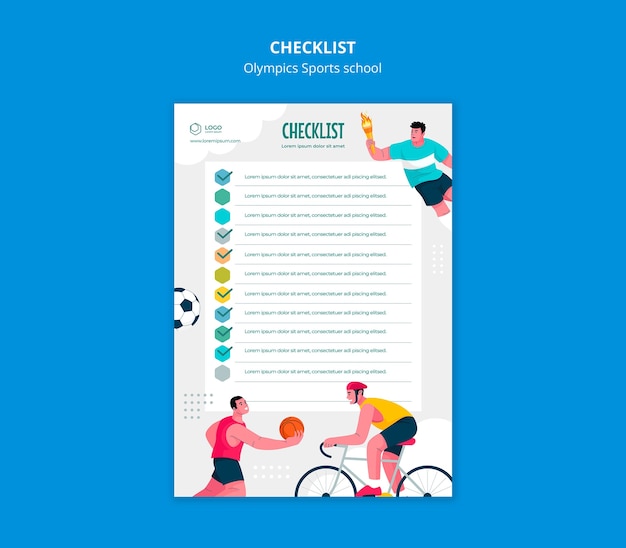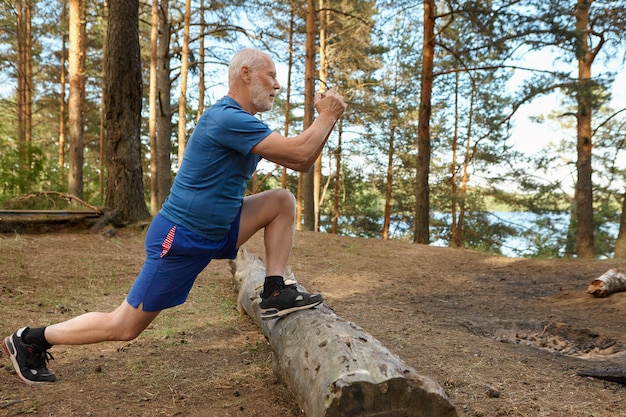Cycling is a fantastic way to build cardiovascular fitness, leg strength, and endurance. But relying solely on the saddle can leave gaps in your overall fitness. Incorporating running and walking into your routine offers a powerful cross-training advantage—improving bone density, enhancing aerobic capacity, and boosting mental resilience. This complete checklist gives cyclists practical tools, motivation cues, and tracking strategies to seamlessly integrate running and walking into their fitness journey.
Cycling is low-impact and efficient, but it’s also repetitive and primarily engages a narrow set of muscles. Running and walking activate stabilizing muscles, improve balance, and increase impact loading—key for maintaining strong bones, especially as we age. These activities also challenge your cardiovascular system in different ways, helping prevent plateaus and overuse injuries.
Moreover, runners and walkers often report improved mental clarity and stress relief—benefits that translate back to better focus and recovery on the bike.

If you're new to running, begin with a walk-run approach. Try 1 minute of running followed by 2 minutes of walking, repeated for 20–30 minutes. Gradually increase running intervals as your fitness improves. The Couch to 5K model is an excellent starting point, typically spanning 8–9 weeks.
Aim for 2–3 running or walking sessions per week. Schedule them on non-consecutive days to allow recovery. Avoid intense runs the day before or after long rides. Morning walks can double as active recovery and mental reset days.
Discomfort is normal, but sharp or persistent pain is a warning sign. Cyclists may experience tight hip flexors or weak glutes, which can affect running form. Incorporate dynamic stretches and strength training (especially core and glutes) to prevent injury.

Consistent tracking keeps you motivated and helps identify patterns. Use these simple methods:
Staying consistent is the biggest challenge. Use these psychological cues to stay on track:
Here’s how a cyclist might blend running and walking into a balanced week:
Running and walking aren’t just alternatives to cycling—they’re complementary tools that make you a stronger, more resilient athlete. By following this checklist, tracking your efforts, and using motivation strategies, you’ll build endurance, reduce injury risk, and enjoy a more balanced fitness lifestyle. Start small, stay consistent, and let every step—on foot or pedal—move you forward.

Fitness

Fitness

Fitness

Fitness

Fitness

Fitness

Fitness

Fitness

Fitness

Fitness

Fitness

Fitness

Health

Fitness

Health

Health